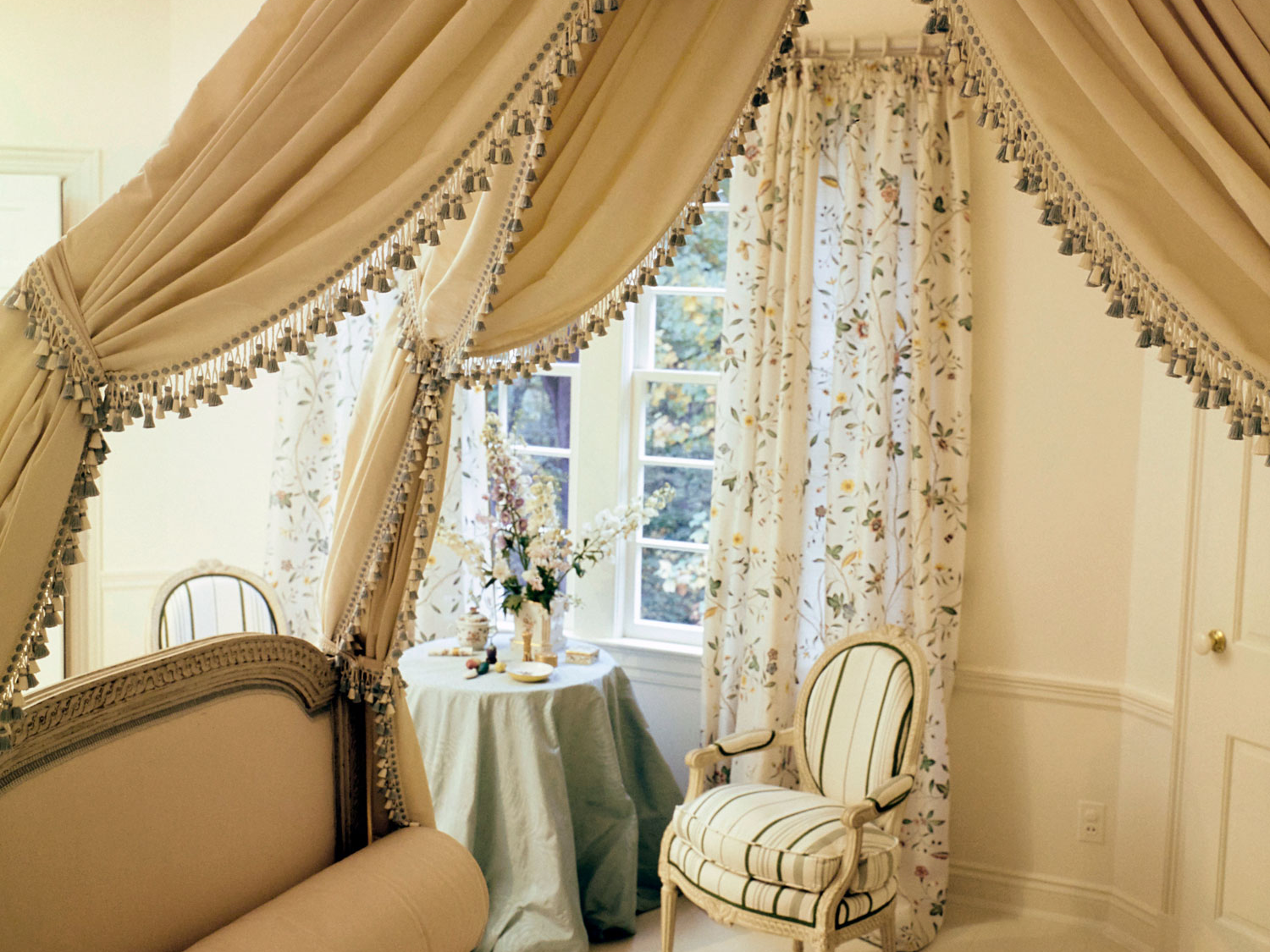- Home décor trends ebb and flow with time – just ask the shag rug in your grandparents’ house.
- We spoke to two interior designers – Linda Holmes of LuxDeco and Marina Hanisch of Marina Hanisch Interiors – to identify the pieces of furniture and design choices everyone had in their home.
- From wood paneling and fringing to exposed media centers and beaded curtains, here are the most popular interior design trends through the decades.
- Visit Insider’s homepage for more stories.
Clothing trends aren’t the only forms of style that drastically change over time. Home décor trends also ebb and flow – just ask the shag rug in your grandparents’ house.
Many of these trends became ubiquitous in households across the United States. We spoke to two interior designers – Linda Holmes of LuxDeco and Marina Hanisch of Marina Hanisch Interiors – to identify the pieces of furniture and design choices everyone has had in their home over the years.
From wood paneling and fringing to exposed media centers and beaded curtains, here are the most popular interior design trends through the decades.
Modernist styles were revolutionary and ubiquitous back in the 1930s, but they may not look very modern to interior designers today.
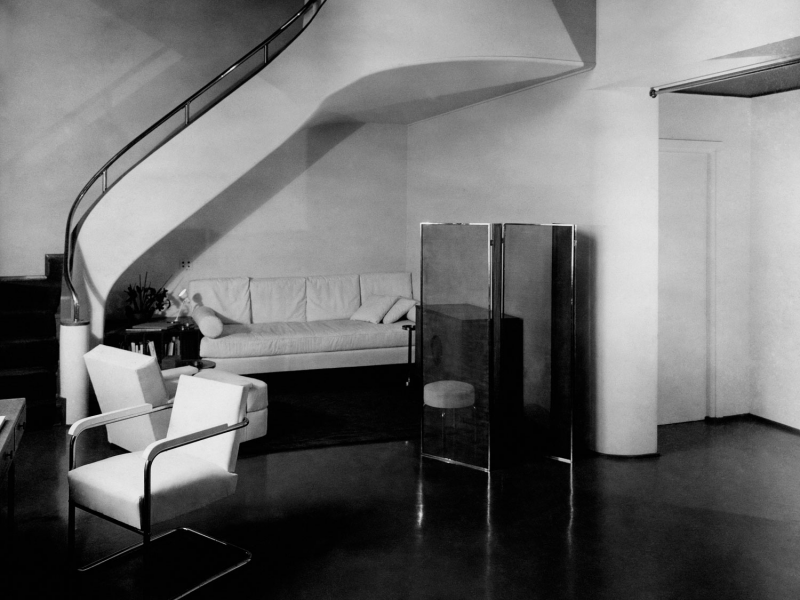
Incorporating metals and plastics into interior design in addition to clean lines helped usher out the pomp and circumstance of Victorian-style decor, according to Apartment Therapy.
And matching cloths and patterns adorned many living rooms in the 1940s.
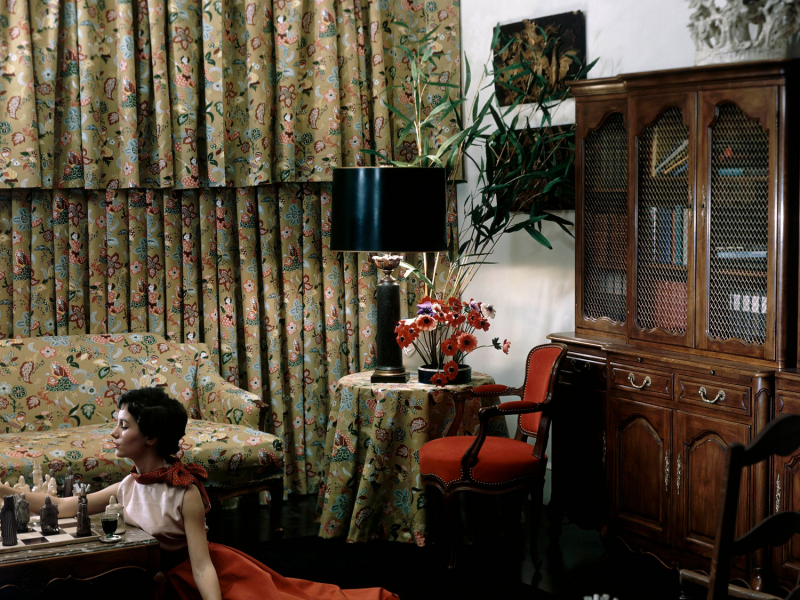
Matching patterns have fizzled out, but clean, monochrome designs are still very much in vogue.
Wood paneling was popular in the 1950s, 1960s, and 1970s, but Holmes told Insider it "has made a modern comeback."

"When you think about wood paneling, you often think of being overpowered by masses of outdated wood. However, wood paneling has made a modern comeback," she added. "Interior designers have begun to embrace this feature within properties."
Before televisions became impossibly thin and chic, bulky wooden TV sets filled the living rooms of the 1950s.

The clashing patterns that once filled living rooms have also since gone out of style.
Beaded curtains made appearances in homes across the country in the 1960s and 1970s.
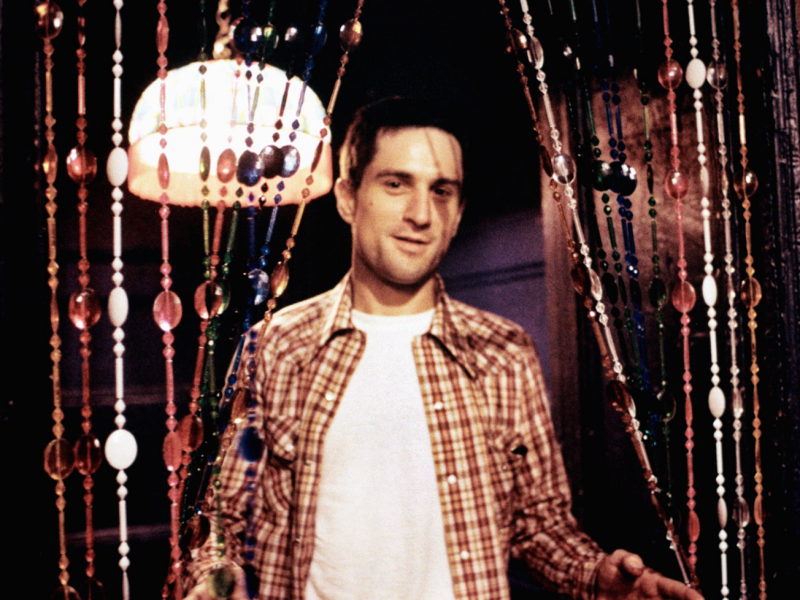
"These types of trends generally come through other design connections, such as fashion," Holmes told Insider. "This then trickles down into the interior design world, where it is influenced and interpreted into different trends. The symmetry between these two worlds usually creates universal traction with some trends that stay and some that get a new revival."
Lava lamps were prevalent in the 1960s and made a comeback in the 1990s.
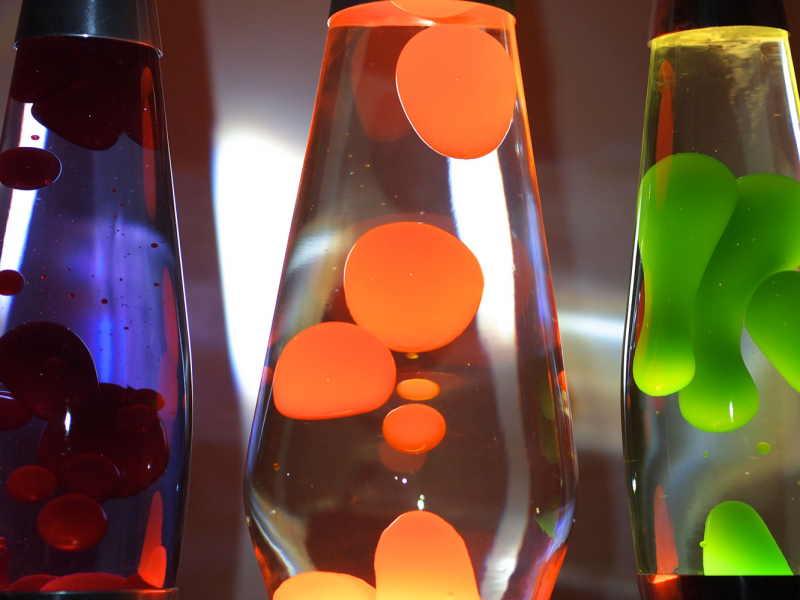
"Trends come and go, and even classic styles evolve with time," Hanisch said. "I see a lot of trends from the past revitalized with modern influences."
Shag carpets were yet another staple of the 1960s.

The furry, long-stranded rugs have long been out of style, but they were pervasive in their heyday.
Walls made of glass blocks filled living rooms and bathrooms throughout the 1980s.
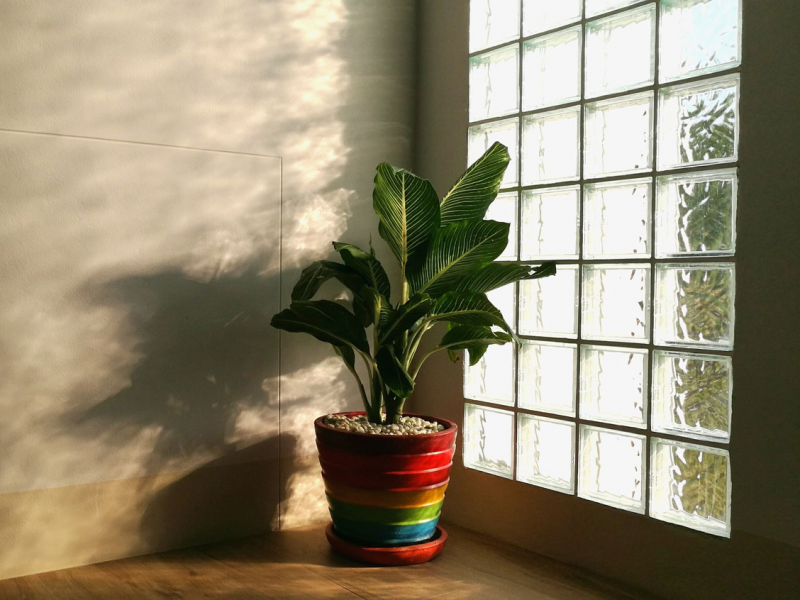
Many older homes still feature these clunky accent walls.
Bubble chairs were all the rage in the 1990s.

There was hardly a child's or teen's bedroom in America without one.
Exposed media centers were the centerpieces of living rooms in the 1990s, according to Hanisch.

"Most living rooms had exposed media centers displaying their VHS and CD collections," Hanisch said. "They tended to be front and center and it is not a trend I particularly miss."
"Something that everyone has encountered within their lifetime might have been the tasseled lamp shade that you used to see at your grandma's house," Holmes said.

"Modern fringing has taken a fresh look on present furnishings," she added. "It has been edging its way from cushions onto furniture pieces such as sofa skirting, creating a lighthearted interior feel."
Macramé wall hangings are currently in vogue, according to Hanisch.

"It's part of a very popular boho design trend," Hanisch said. "I think they are wonderful in certain spaces and inspire a laid-back vibe."
Passementerie-style trimming on furniture reached its peak popularity during the Victorian Era, but has since made a resurgence in homes.
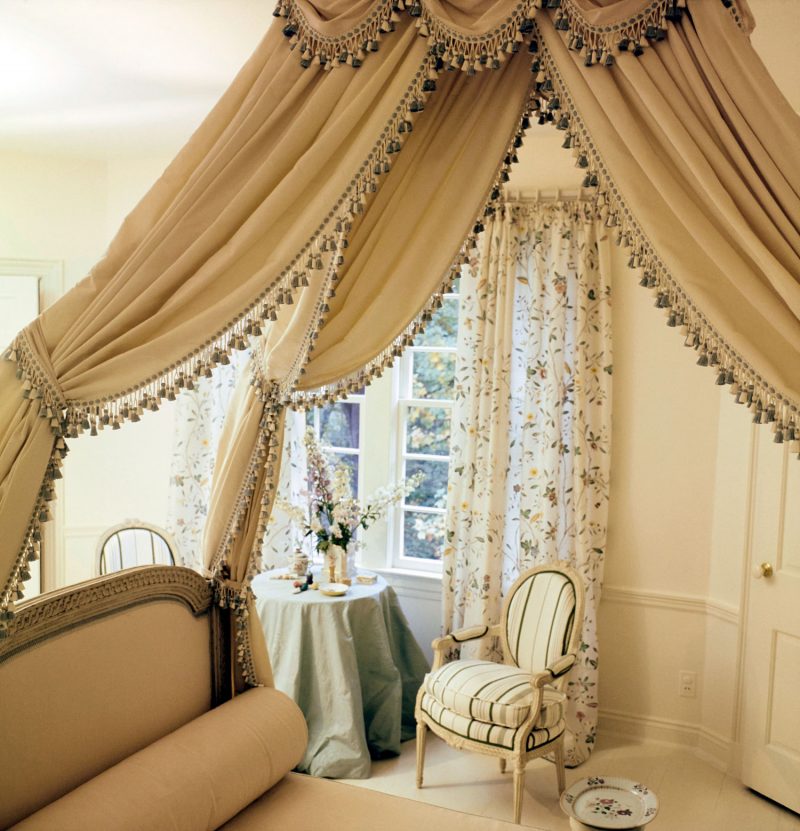
"We like to incorporate a curtain trim into a formal living room scheme," Holmes said. "However, passementerie does not need to be solely used on a curtain. We like to incorporate the curtain trim into a cushion as well."
- Read more:
- 'Friends' fans can hang out at a Central Perk pop-up that looks exactly like the café from the show
- These are the 100 most scenic restaurants in America
- 16 photos that show the worst living room design trends over the years
- Vintage photos of people's homes from the '60s that still look modern today

